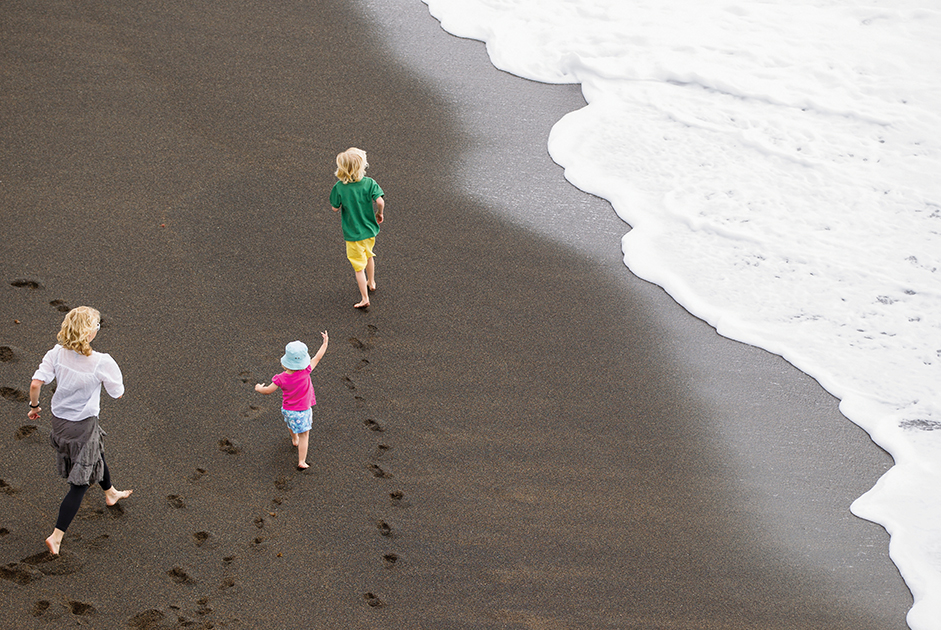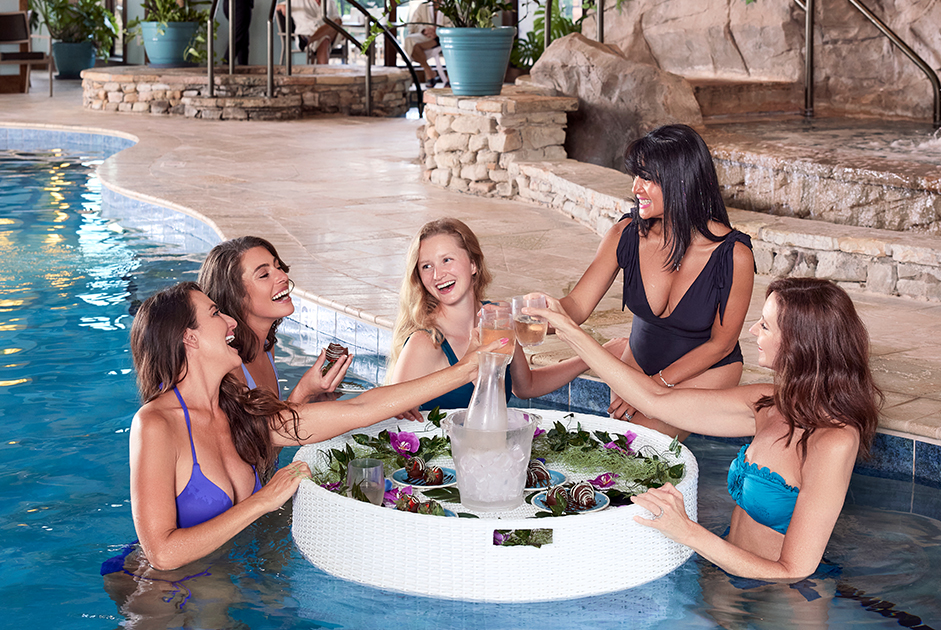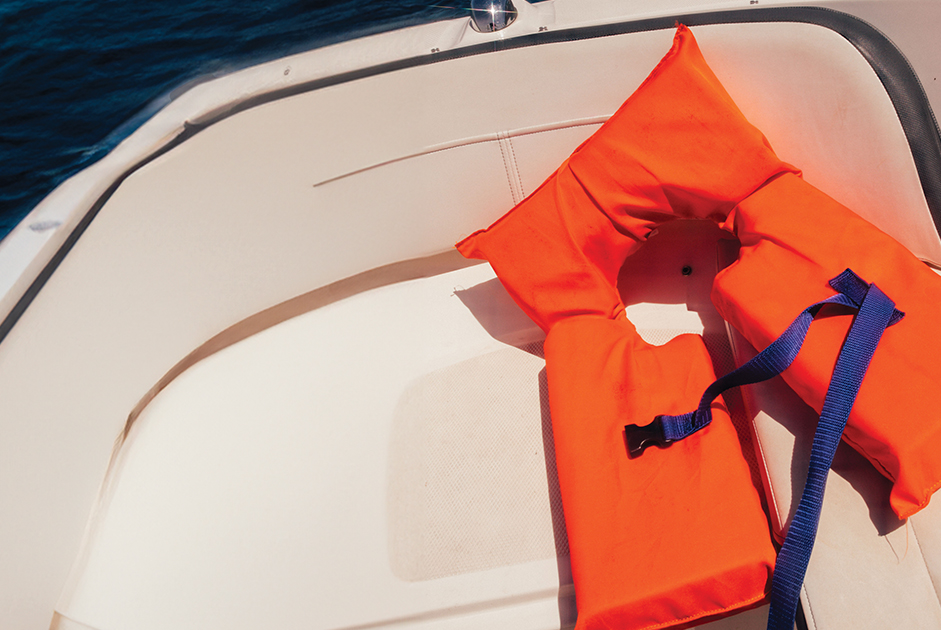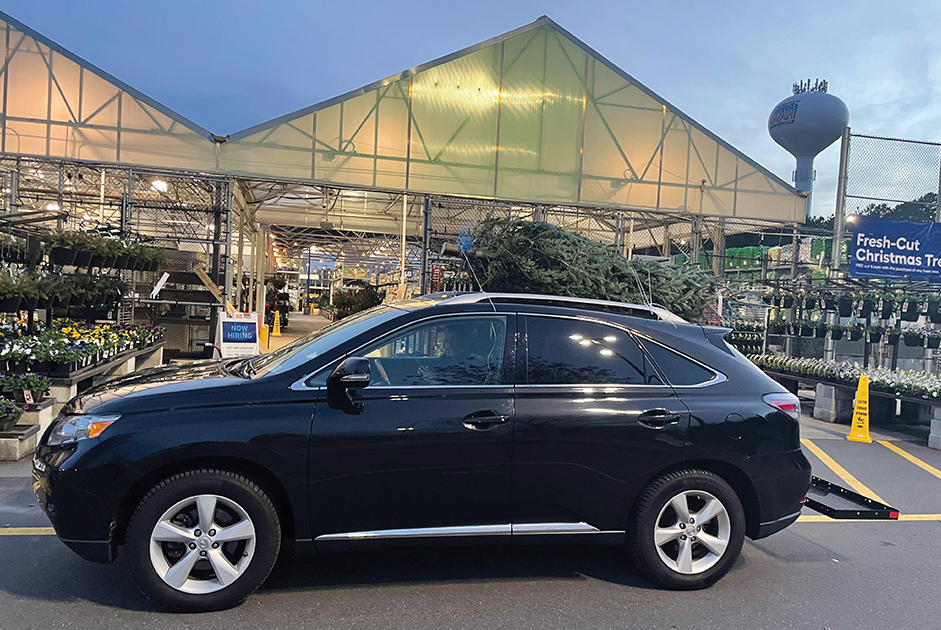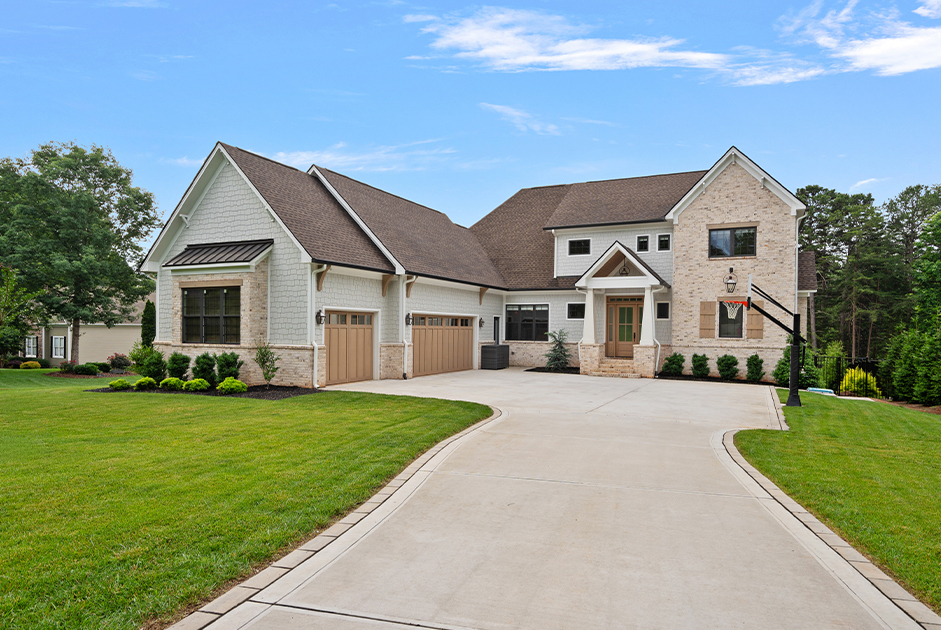Looking to take a beach trip this summer, but not sure where to start? Whether you’re looking for prime swimming conditions, a bustling culinary scene, or a chance to see marine life, the United States is full of beaches on both coasts that offer something for everyone.
Beaches for Families
Vacationing with small children? Skip the California coast. Atlantic waters are warmer with weaker shore breaks, making the Atlantic a safer ocean for swimming. Beaches along the southern east coast are lined with family-oriented resorts with swimming pools and other activities that children will enjoy. Resorts in summertime hotspots such as Myrtle Beach make vacation life so convenient that you rarely need to leave the property. If you don’t mind the crowds, stick to a simple South Carolina beach trip, or even Savannah, Georgia’s nearby Tybee Island. Warmer and calmer waters also carry the risk of running into jellyfish or other marine stingers, but most types of jellyfish encountered by swimmers in the area are relatively harmless with the exception of painful stings and rare allergic reactions. Pay attention to the various flags flying at lifeguard stands indicating whether dangerous marine life is present to know when to keep your children out of the ocean for the day.

Beaches for Marine Life
Tourists and locals flock to San Diego’s La Jolla neighborhood to see swarms of sea lions lining the beach year-round, in addition to the chance to see tiger sharks swimming in shallow waters in the late summer months. In fact, seals and sea lions are so important to La Jolla’s culture and marine biology that La Jolla Cove became protected under the Marine Life Protection Act in 1929, with an expansion in 2012, to preserve its beauty. Although vastly different from the miles of uninterrupted sand and sea along the South Carolina coast, Southern California’s secluded coves and tide pools offer the ideal experience for beach-goers hoping to focus on the beauty of nature. In addition to seals, sea lions, and rocky coastlines, the greater San Diego area offers an excellent culinary experience for travelers, especially those in search of fresh fish tacos or carne asada fries.
Keep in mind that although Southern California has a reputation for being sunny with perfect weather, the “May gray” or “June gloom” is common in late spring and early summer, which is a low-lying, thick marine layer of fog creating an overcast sky and cooler temperatures, especially in the mornings. These conditions can sometimes last for days on end, confusing tourists expecting the sun. During the later summer months, the marine layer typically burns off quicker once temperatures rise, making August and September ideal months to experience the best of Southern California’s beach-worthy weather.

Beaches for Adventure Travelers
It’s no secret that beaches along the Northern California and Oregon coasts are not the warmest, most swimmable, or easiest to access. Nonetheless, these chilly beaches with strong waves are close in proximity to some of the country’s best hiking trails and campgrounds. California’s Big Sur is a must-see along the Pacific Coast Highway, sitting just far away enough from the heart of cities such as Monterey and Los Angeles to maintain its seemingly untouched beauty. Big Sur’s popular Pfeiffer Beach is known for its unique purple sand, in addition to the picturesque Keyhole Arch. Depending on weather conditions, accessing the mountainous and rugged Big Sur can be challenging if flooding or other natural disasters impact road conditions. Surrounded by redwood trees, camping and hiking in the Big Sur area is a common activity among visitors, as strong waves and chilly temperatures can deter beachgoers from sunbathing and swimming. Camping newcomers seeking a spot near Big Sur can try their hand at a more glamorous camping experience referred to as “glamping” at Hyatt’s beautiful Alila Ventana Big Sur. Although the Alila Ventana resort itself is pricier than most travelers want to pay, glamping tents packed with creature comforts such as electricity and hot water, as well as clean restrooms and shower houses, are a great way to connect with nature without truly “roughing it,” although more rustic camping options are also available.
